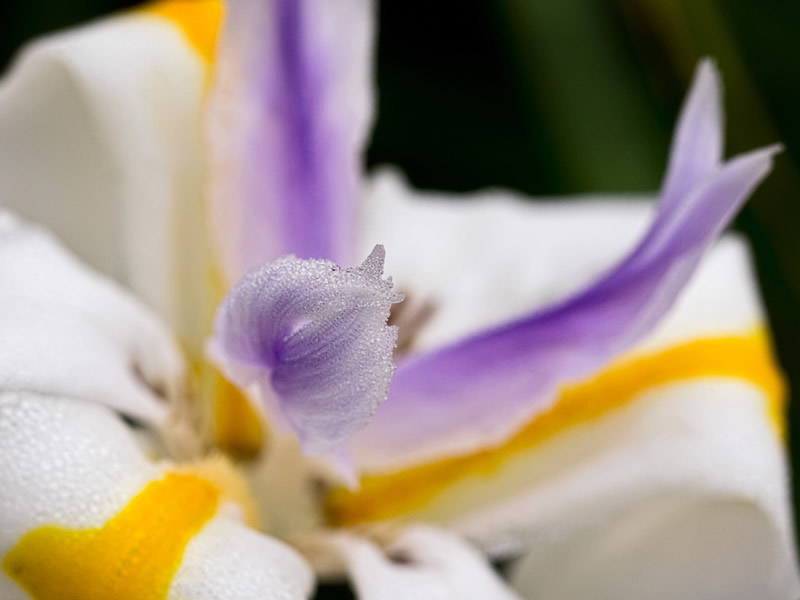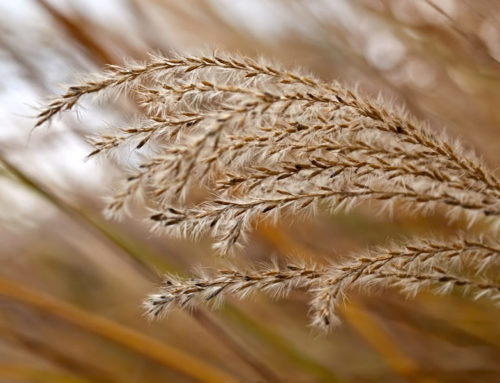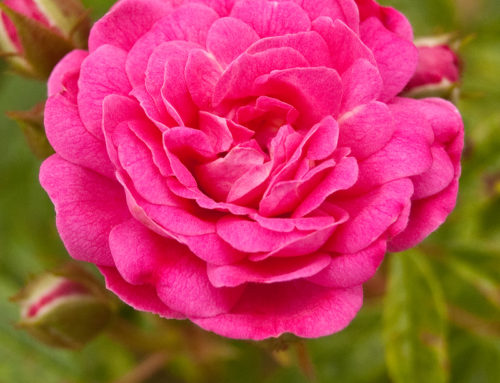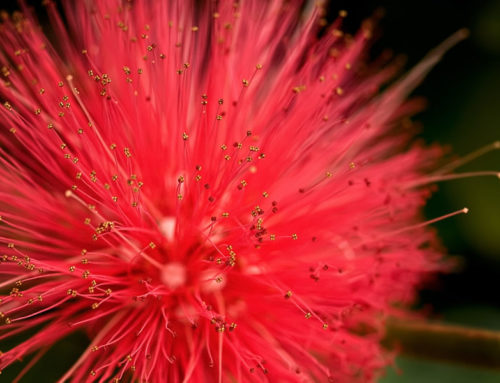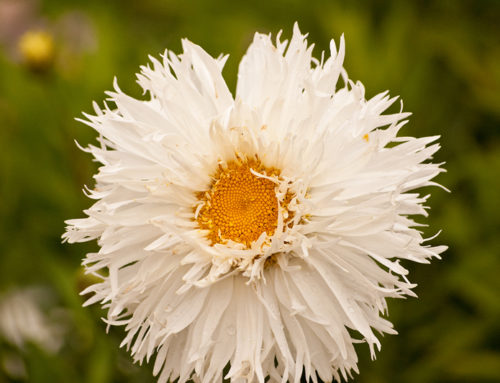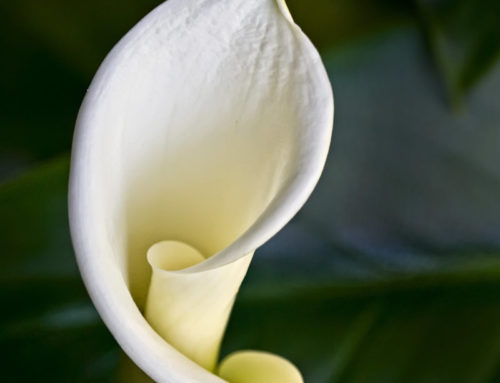Iris is a genus of 260–300 species of flowering plants with showy flowers. It takes its name from the Greek word for a rainbow, referring to the wide variety of flower colors found among the many species. As well as being the scientific name, iris is also very widely used as a common name for all Iris species, as well as some belonging to other closely related genera. A common name for some species is ‘flags’, while the plants of the subgenus Scorpiris are widely known as ‘junos’, particularly in horticulture. It is a popular garden flower.
The often-segregated, monotypic genera Belamcanda (blackberry lily, I. domestica), Hermodactylus (snake’s head iris, I. tuberosa), and Pardanthopsis (vesper iris, I. dichotoma) are currently included in Iris.
Irises are perennial plants, growing from creeping rhizomes (rhizomatous irises) or, in drier climates, from bulbs (bulbous irises). They have long, erect flowering stems which may be simple or branched, solid or hollow, and flattened or have a circular cross-section. The rhizomatous species usually have 3–10 basal sword-shaped leaves growing in dense clumps. The bulbous species have cylindrical, basal leaves.
Photos: Celeste Mookherjee
Plant Info
Latin Name:Iris x Germanica
Family Name:Iridaceae
Origin:Hort.
Garden Location:Volunteer Garden


